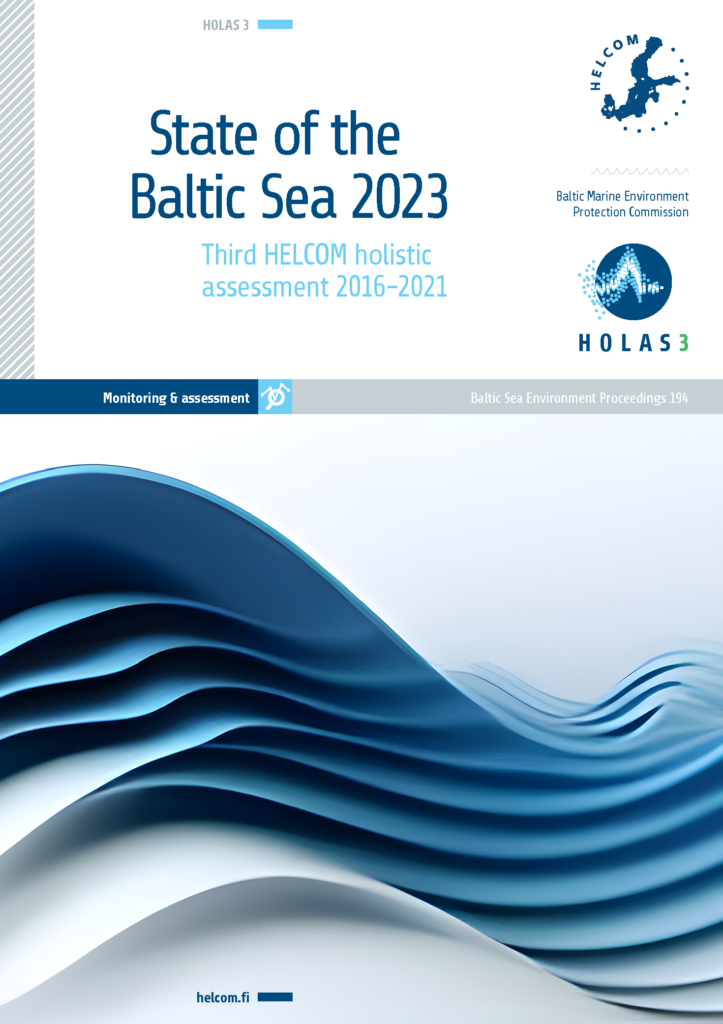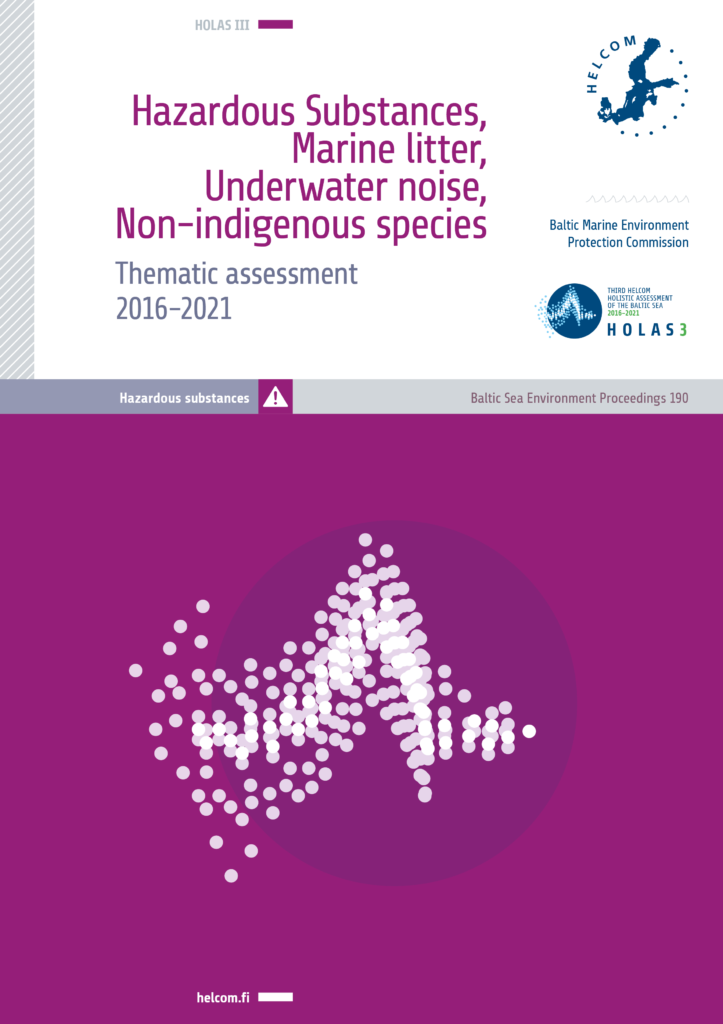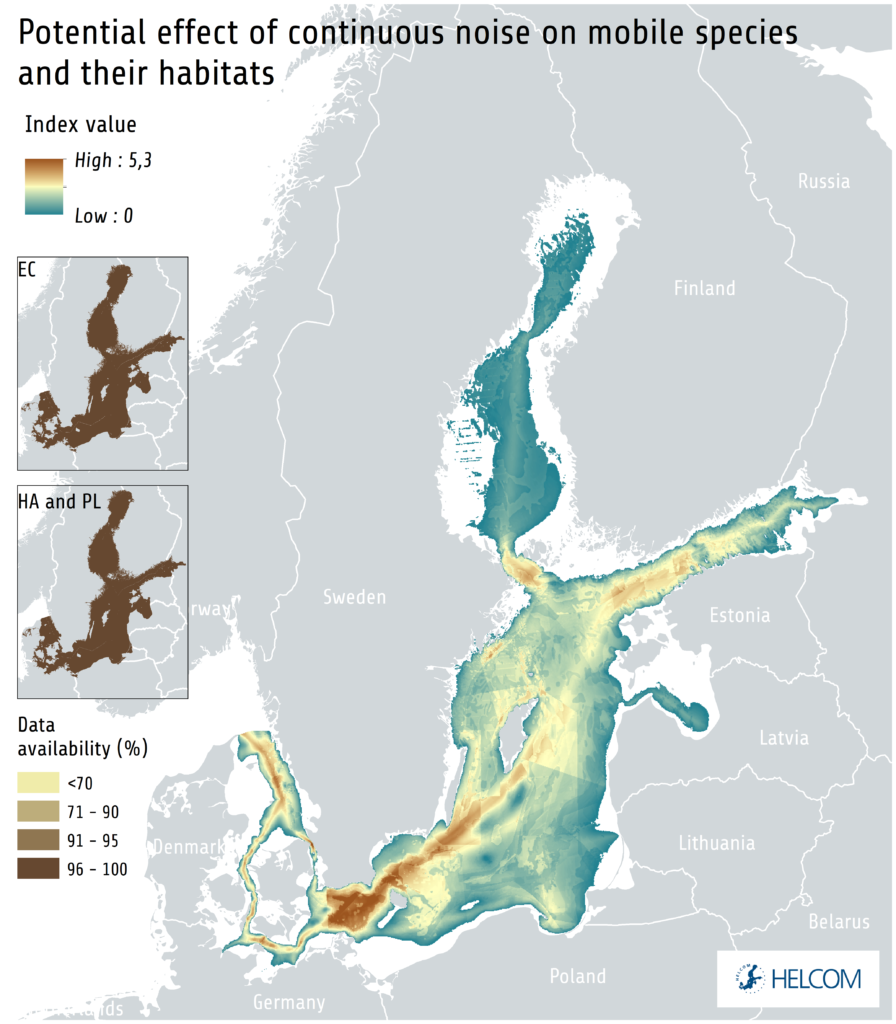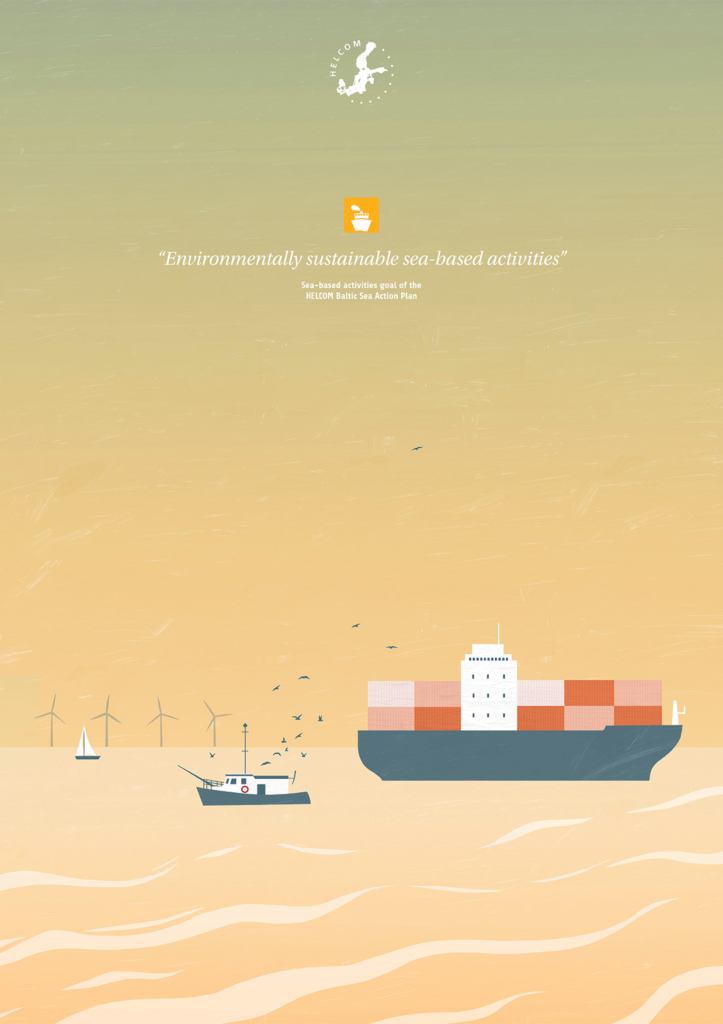UNDERWATER NOISE
Underwater noise
Continuous noise was evaluated for the first time in HELCOM during the current assessment period, by addressing the proportion of the Baltic Sea area exceeding noise levels that may cause adverse biological effects.
The evaluation results indicate a good status of continuous underwater noise in all areas of the Baltic Sea with respect to the risk of behavioural disturbance in fish or marine mammals. With respect to the risk that human-induced noise masks natural sounds, the evaluation indicates good status for marine mammals in all of the Baltic Sea but not good status for fish in 9 out of 17 assessment units. Several aspects of the evaluation method are still under development.
Continuous underwater noise shows considerable variation in space and time. Noise levels are clearly higher in shipping lanes than elsewhere in the Baltic Sea, and noise is more widespread in winter than in summer.
Additionally, the potential effect of continuous noise on mobile species was addressed by combining the HELCOM SPIA pressure layer representing input of continuous noise with information on the distribution of fifteen mobile species and their habitats (HELCOM 2023e). According to the obtained results, the highest average potential effect of continuous underwater noise occurs in the south-western Baltic Sea, where all ships entering or leaving the inner parts of the sea pass through a rather narrow area, compressing the traffic. The Arkona basin is also a hotspot for the occurrence of mobile species, intensifying the impact of this area (Figure 4.17).
What is underwater noise?
Underwater noise measures the contribution of human activities to the sound environment under the sea surface. Both continuous and impulsive noise occur, and the two types vary in their properties and in how they affect aquatic animals. Continuous noise is constant, fluctuating or varying slowly over time, while impulsive noise has a short duration and a fast pulse rise time.
The Baltic Sea Action Plan states the following ecological objective for underwater noise:
- No or minimal harm to marine life from man-made noise.
The status of continuous noise is evaluated in relation to the hearing frequencies of fish and marine mammals, at 125 and 500 Hz decidecade bands, respectively. The risk of behavioural disturbance is evaluated based on the median total sound pressure level, and the risk of masking natural sounds is evaluated based on the median excess of a species-specific level. Impulsive noise is evaluated based on the occurrence of impulsive noise-producing events, such as explosions, reported to the regional HELCOM/OSPAR noise registry hosted by ICES (ICES 2015). The distribution of sound was compared to the distribution of harbour porpoises in the Baltic Sea to get a preliminary view of the overlap between sound and the occurrence of harbour porpoises.

State of the Baltic Sea 2023 — The third HELCOM holistic assessment (HOLAS 3)
State of the Baltic Sea 2023 is a synthesis report that builds on, and integrates, results from a wide range of assessment products produced within the third HELCOM holistic assessment. Its role is to link information from the underpinning assessment products together, thus highlighting the holistic aspects. With this in mind, the summary report focuses on presenting the results and on an in-depth look at why we are seeing these results, providing over-arching context and analysis. The report helps develop a clearer picture of where we are and how things are connected, supporting coordinated and effective measures to strengthen the Baltic Sea environment.

Thematic assessment
Hazardous substances, Marine litter, Underwater noise, Non-indigenous species
The thematic assessment report on hazardous substances, marine litter, underwater noise and non-indigenous species (HELCOM 2023c), addresses each of these topics collectively regarded as pollution within the HELCOM framework.
The report provides insights into the latest developments and current state-of-the-art evaluations for pollution. It builds upon initial progress started by HOLAS II (2011-2016) and corresponding work under aligned processes (e.g. EU level and MSFD relevant developments), moving towards indicator-based assessments for all mentioned topics. Additionally, areas of ongoing development, including those lacking fully operational indicators, are incorporated to present a broader picture of key pollution-related issues.


